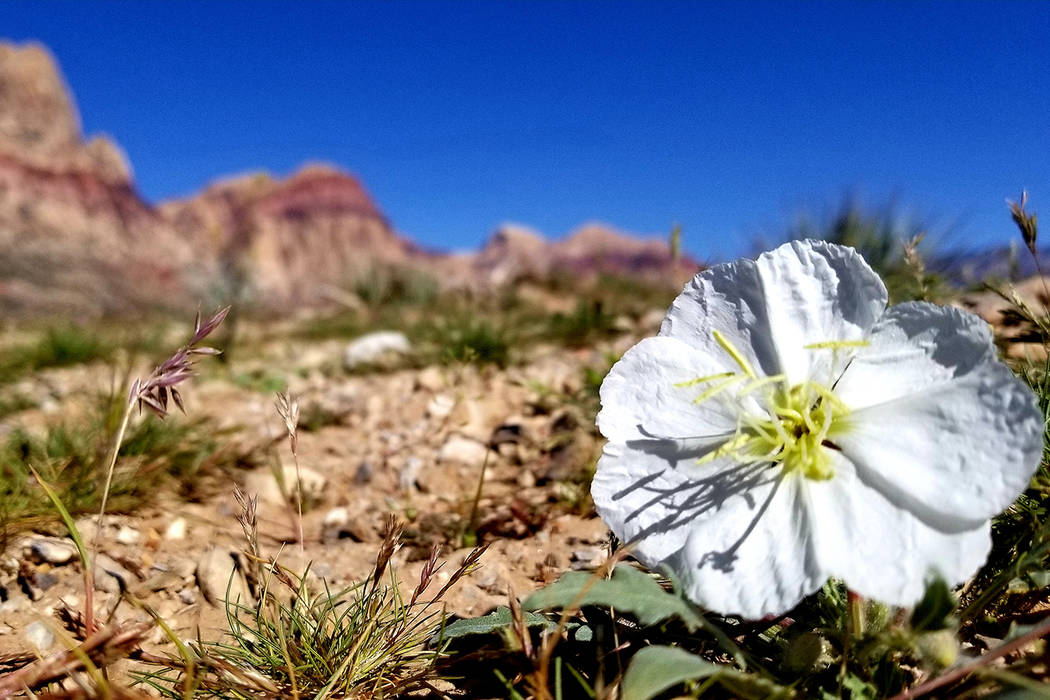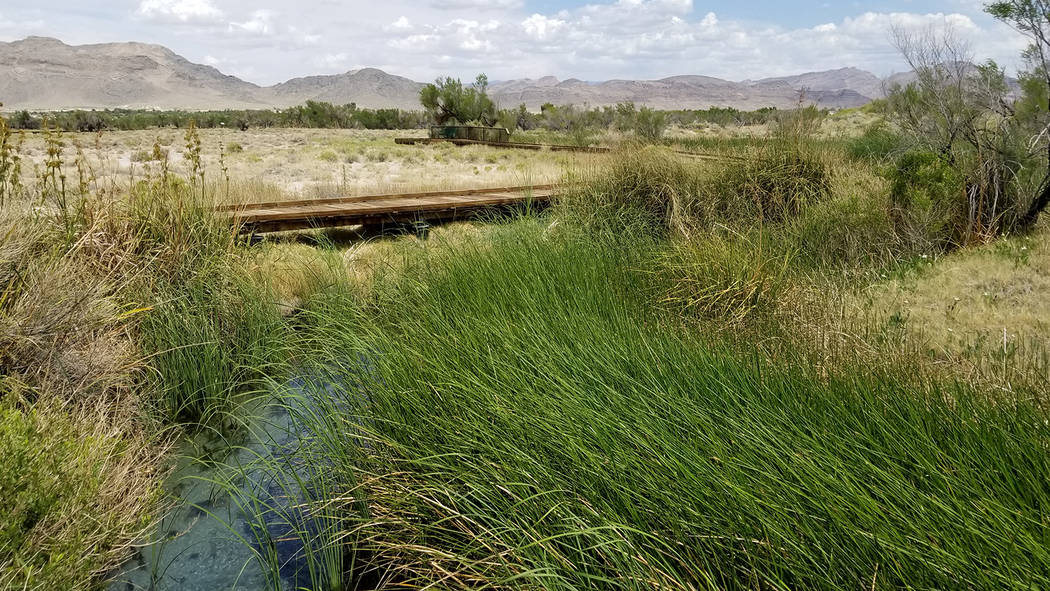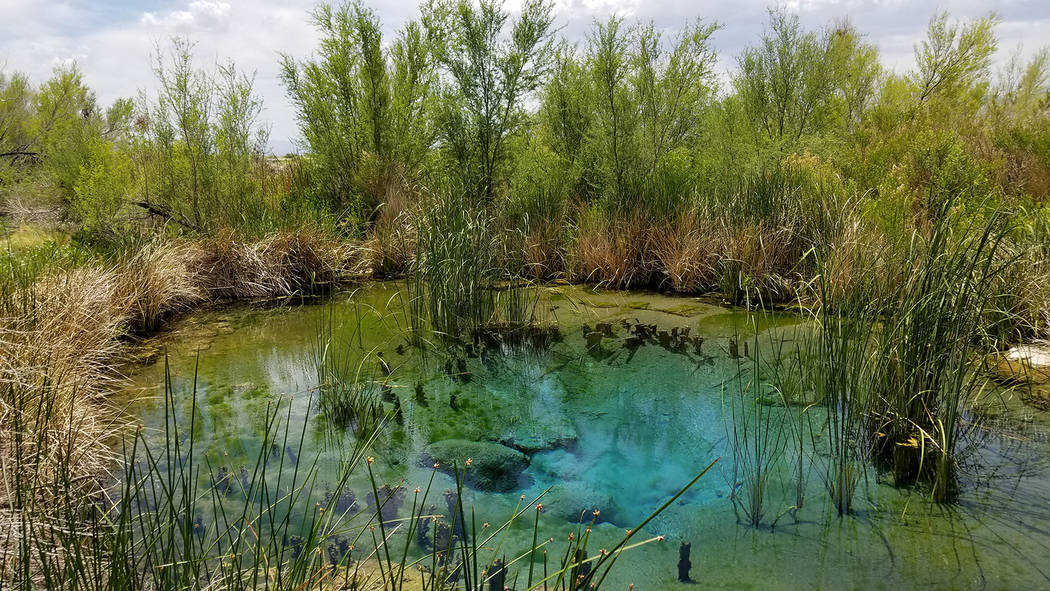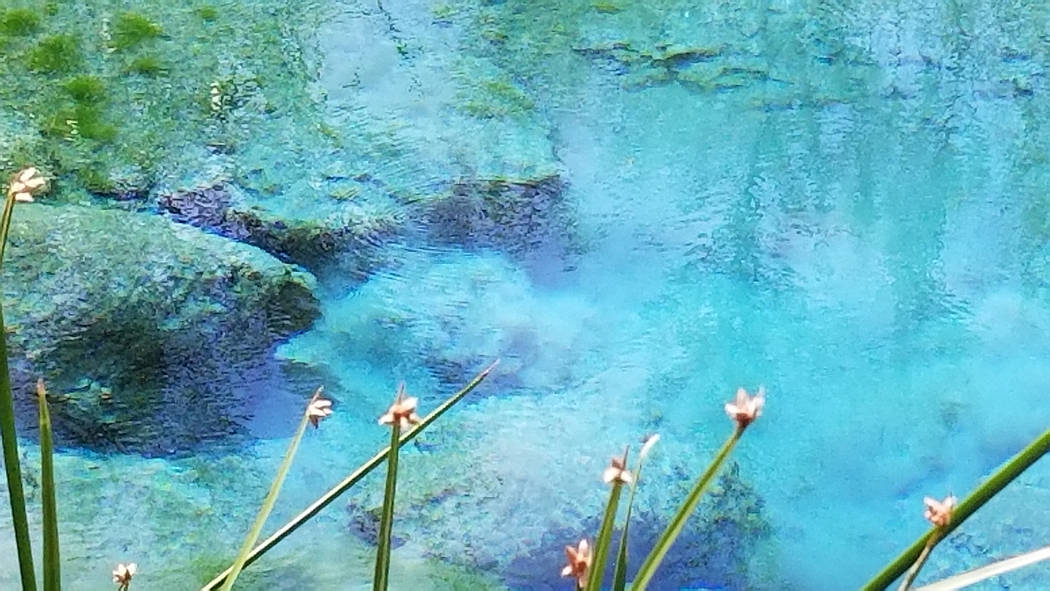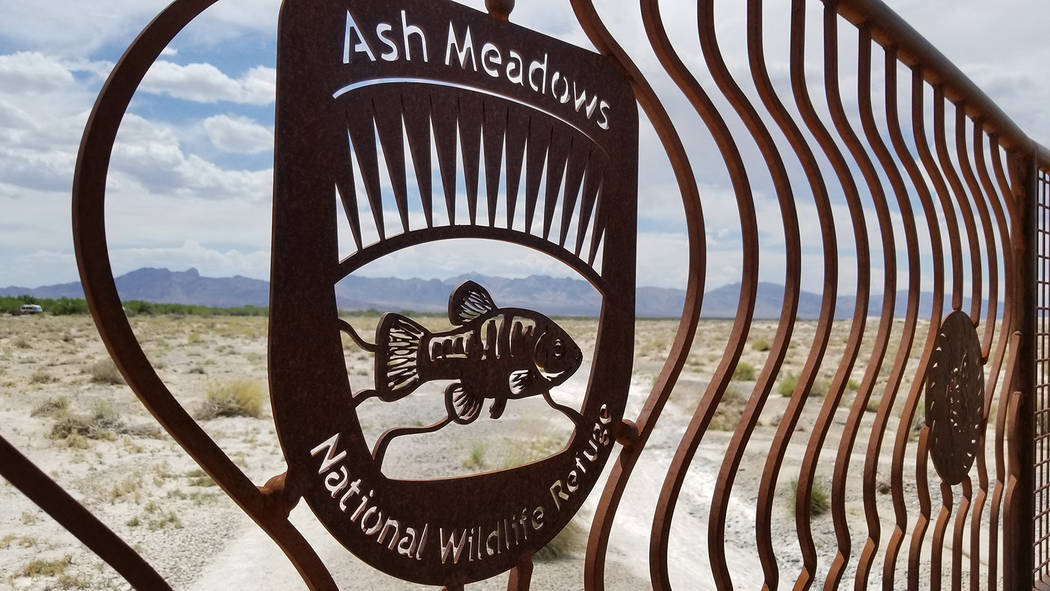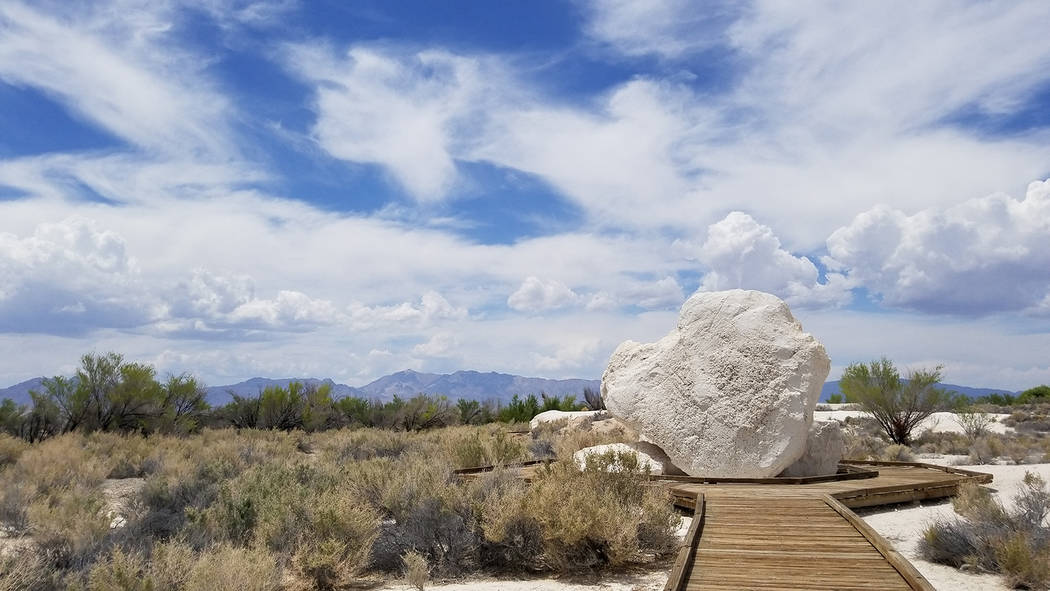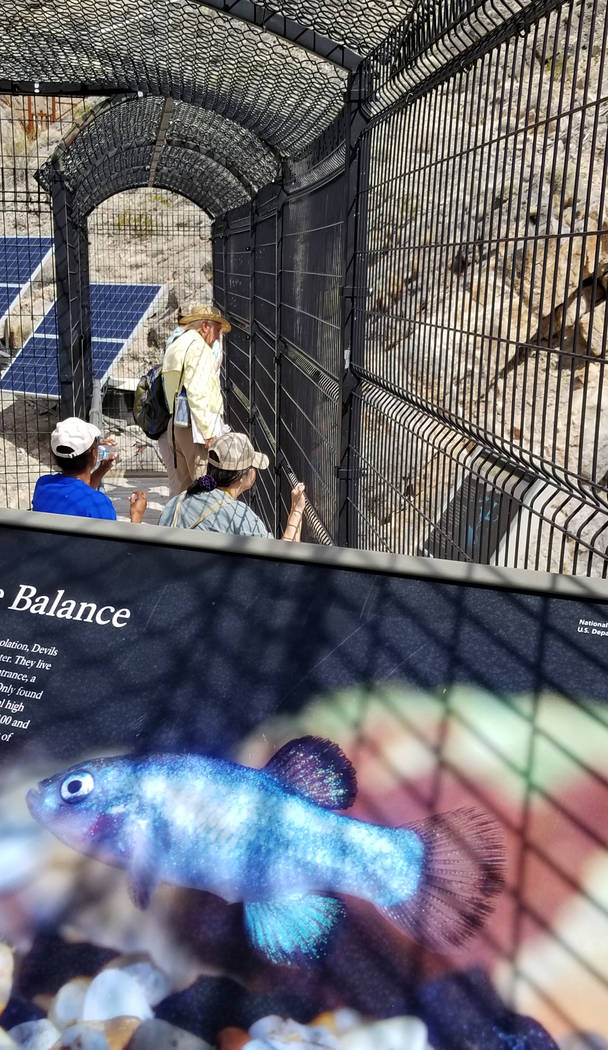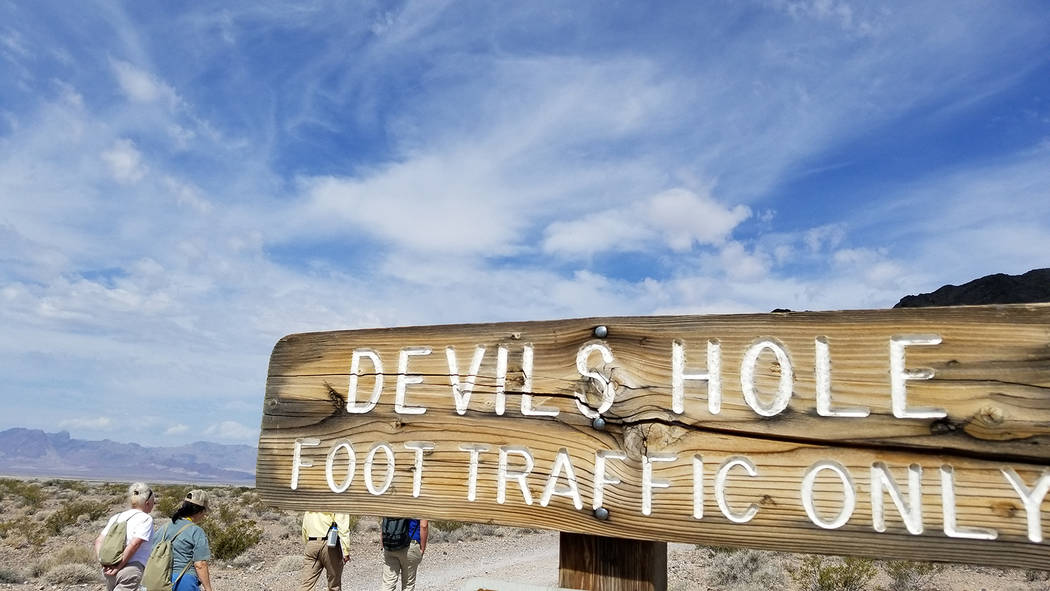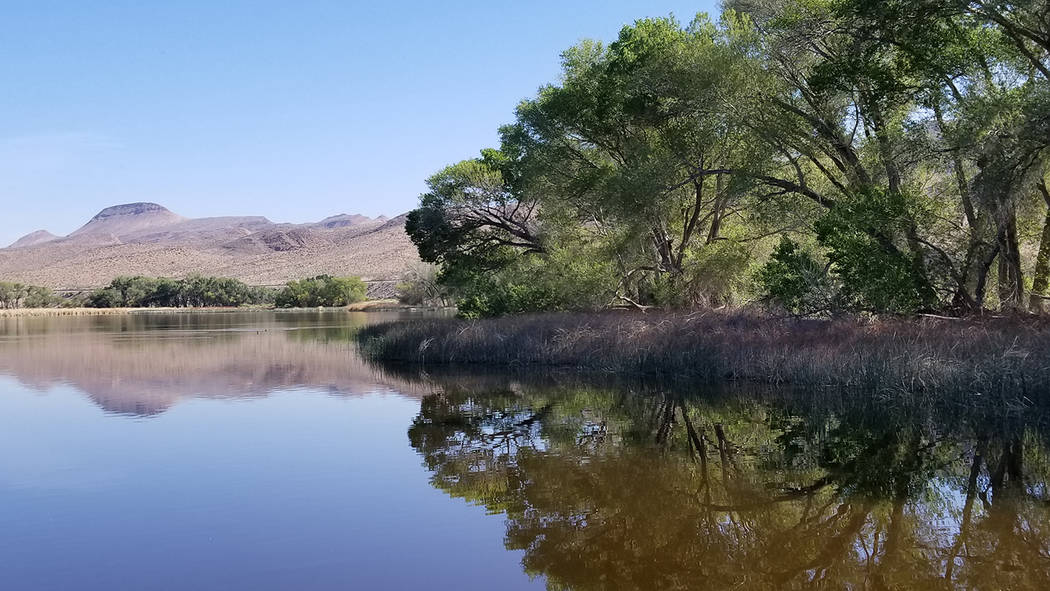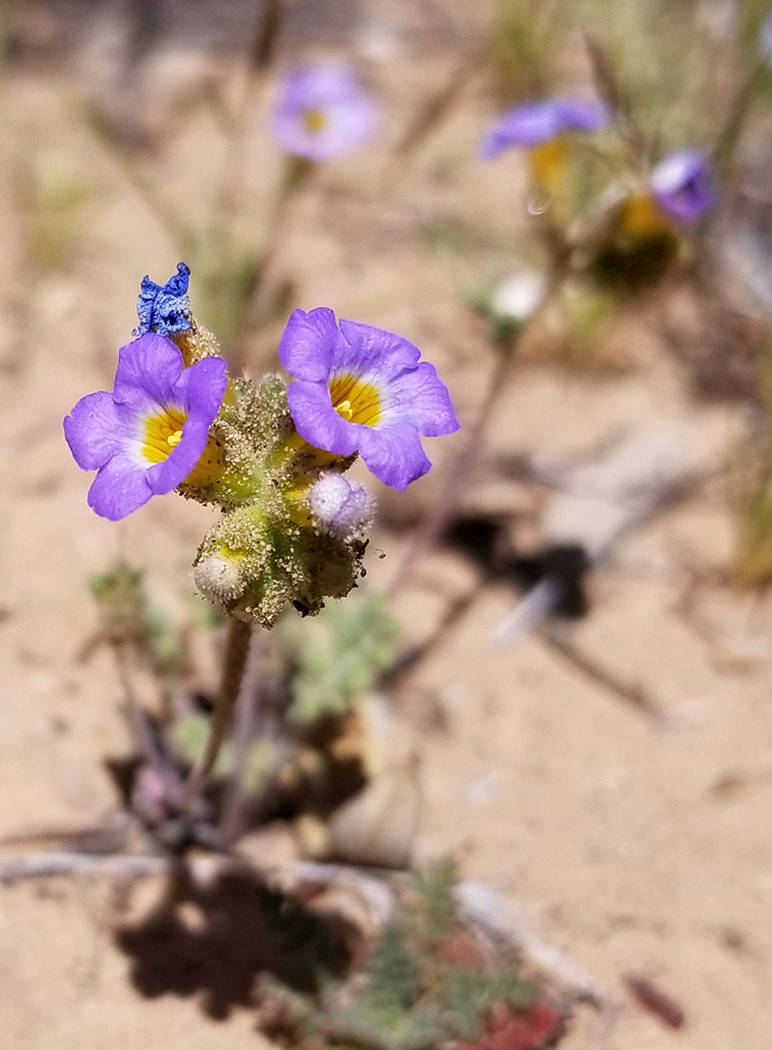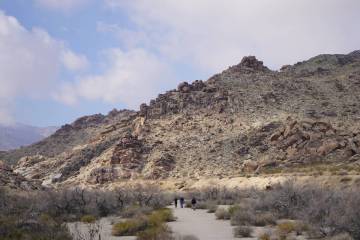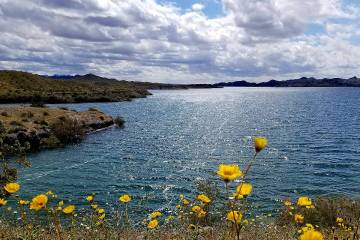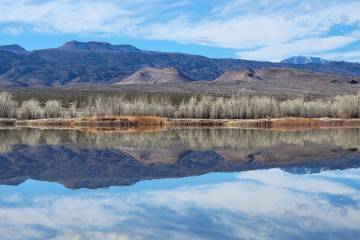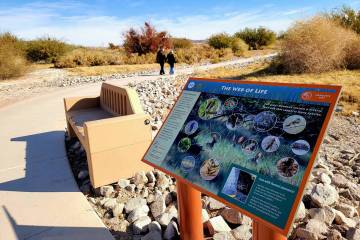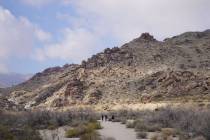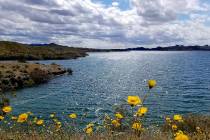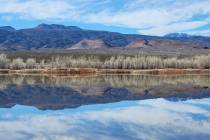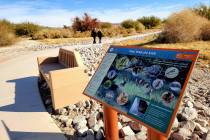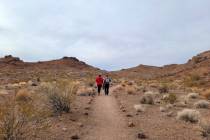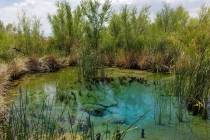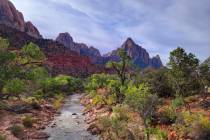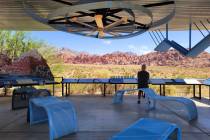Nevada Naturalist offers in-depth lesson on Mojave Desert
The Nevada Naturalist program begins in the classroom but quickly shifts to the outdoors for scenic vistas, scientific insights and stewardship in action.
Over the next two months, this spring’s program participants — that could include you — can expect to get smarter about all things Mojave Desert. The nature education program for adults, offered through the University of Nevada Cooperative Extension, begins March 25 and runs through May 25.
On Monday and Wednesday evenings, classes taught by local experts in such areas as botany, water conservation and endemic species will be held at the University of Nevada Cooperative Extension’s Lifelong Learning Center, 8050 Paradise Road, near the Windmill Parkway exit off the 215 Beltway. Field trips are the rewards for paying attention in class, and they are planned for Saturdays at locales including Ash Meadows National Wildlife Refuge, a desert oasis for animal and plant species found nowhere else on the planet.
Other Southern Nevada outdoor spots on the field trip list include Red Rock Canyon National Conservation Area, Clark County Wetlands Park, Springs Preserve, Moapa Valley National Wildlife Refuge and Pahranagat National Wildlife Refuge on April 27 for the annual Carp Rodeo.
I know the Carp Rodeo is a real thing because I volunteered there last spring as a Nevada Naturalist in training. Although I didn’t get to catch any carp to help rid the lake of those pesky invasives, I did get to help entertain the under-10 crowd with a plastic fishing game near the shores of the gorgeous lake 90 miles north of Las Vegas. I witnessed a couple of the hefty carp being hauled onto the dike, and later I bravely ate a carp cake (think crab cake but carp).
In its 11th year and with more than 260 alumni, the environmental education effort is aimed at broadening the knowledge base of participants and promoting the stewardship of Southern Nevada’s natural resources. Conservation biologists, reptile and amphibian specialists, natural history experts and park rangers were among the guest speakers last spring.
As we hiked along Red Rock’s First Creek Trail last April, we spotted dune primrose, wild rhubarb and beavertail cactus in bloom. Plant details came into clear view as we studied leaves, stems and petals with our hand lenses. A deeper admiration came with my increased understanding of the Mojave Desert plants hardy enough to withstand temperature extremes. It was terrific to have a botanist on the hike making discoveries and sharing her expertise.
The Nevada Naturalist program also gave me a greater appreciation for the unique character of Ash Meadows, a spring-fed desert wetlands that includes enchanting turquoise pools with tiny opalescent fish. For the first time in my 30 Nevada years, I also visited the caged-off home of one of the world’s rarest fish, the endangered Devils Hole pupfish. And, with big skies and a rock-star backdrop of Nevada geology, we enjoyed a picnic among friends, flowers and birds.
While increasing overall Southern Nevada environmental literacy, participants can dive into their interests as deeply as time and passion will permit. Dozens of topics are covered in class, but the program has a sense of learning autonomy. As always, I wanted to know more about birds and flowers, but I also picked up important information about soils, which help determine what blooms along my path. I now know more about seemingly drab desert bushes, which help attract different birds for their food and nesting needs.
Thanks to the Nevada Naturalist program, I’m now well-versed in the differences between dog and coyote scat on any trail. Insects have a higher standing in my worldview. I’m in awe of the Las Vegas Wash restoration project, which was more easily understood after a visit to the Clark County Wetlands Park. And I realize hunting tags play a vital role in helping to finance national wildlife refuges.
The cost for the spring Nevada Naturalist session is $195, which includes all books, materials, some refreshments and field trips. A second fall session focuses more on cultural history, archaeology, paleontology and site stewardship. More information about signing up is available by emailing program manager Denise Parsons at parsonsd@unce.unr.edu or calling 702-948-5906.
Natalie Burt, a former news reporter at the Review-Journal for 11 years, spends as much of her free time as possible enjoying Southern Nevada’s outdoors. She’s now a teacher and has lived in Henderson for 17 years. Email: nvburt@gmail.com.



